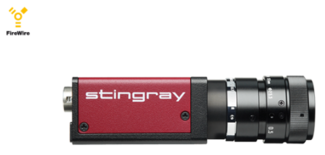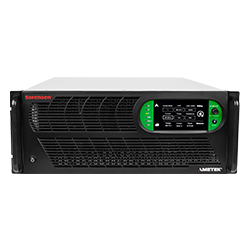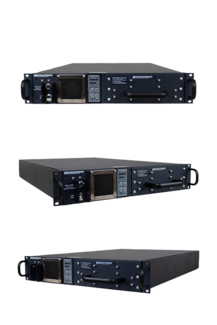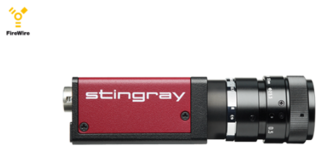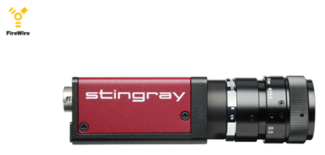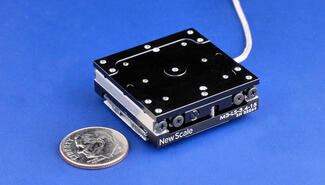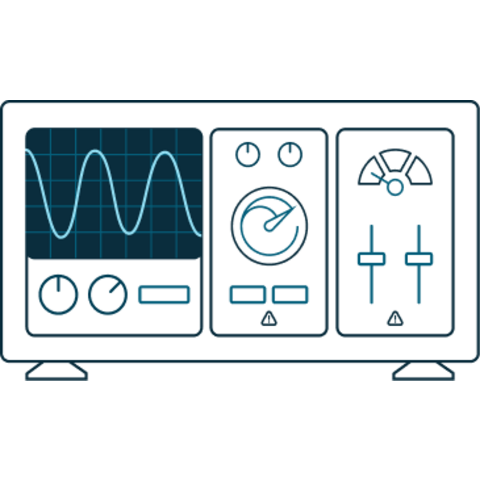Elgar - Battery String Simulator (BSS)
- Available in single and dual pack versions
- Sensor simulation available to provide thermistor, strain gauges, heater loads, and cell bypass/short.
- Battery behavior easily modified via spreadsheet download to simulate any battery topology including Nickel Metal Hydride, Lithium Ion, and Nickel Cadmium
- Flexible Database Operation
- Fully Programmable
- Completely Configurable
- Attention To Spacecraft Safety
- Eliminates the need for test flight batteries and their associated issues
The Elgar Battery String Simulators (BSS) provide safe, reliable battery power for spacecraft testing. The broad range of features available ensures simulation capabilities for more than just two terminal power. It's the ideal solution for complete integrated system testing, not just battery elimination.
The BSS behavior is determined by a charge table, in spreadsheet format, specific for a battery topology and various battery conditions. Many charge tables can be stored on the computer hard drive for easy retrieval.
The BSS operates in two modes, static and dynamic. In the static mode, when a state-of-charge value is entered, the BSS will instantly produce the terminal voltage corresponding to that state-of-charge. Because of this programmable flexibility, time consuming discharge cycles of flight test batteries are eliminated. In the dynamic mode, once a state-of- charge start point is entered, the BSS will monitor the charge and discharge energies being impressed on the "battery" and modify the terminal voltage accordingly.
Single or dual battery pack simulator versions are available with discharge currents of up to 150A and charge currents of up to 50A per battery. In addition, optional sensor simulators (including thermistor, pressure transducer, and heater loads outputs) allow closed loop input to the Spacecraft Power Regulator for true battery emulation. As with the SAS systems, each Battery Simulator System is a fully integrated, turn-key system using a Windows Graphical User Interface and hardware control software. This control is accomplished via a standard ethernet or optional GPIB interface using standard SCPI format commands.
Flexible Database Operation
A unique database engine allows the Battery Simulator to simulate various battery chemistries. The state-of-charge of the "battery" and the instantaneous current flow in or out of the"battery" is used to calculate the current terminal voltage of the battery. This database engine has the capability of controlling pressure transducer simulator to allow a charging system to operate in a closed loop fashion. The database feature allows the simulator to simulate common battery ailments: shorted cells, degraded charge transfer, and aging, to name a few.
Integrated Battery Sensor Simulator Packages
Integrated thermistor and pressure transducer simulators allow the user to test an entire battery conditioning system closed loop. This integration of simulators allows for faster system debug and greater test flexibility.
Fully Programmable
All aspects of the battery simulation are programmable. A file management system allows different "battery" databases to be loaded and executed transparently while the system is simulating, thus allowing the user the ability to change battery conditions quickly and efficiently. A simulation can be suspended and re-started later, allowing the user to stop the charge/discharge cycle and examine battery maintenance systems in a static environment. All system setpoints and operational points are available to the user either locally or remotely, eliminating the need for external monitoring equipment.
Attention To Spacecraft Safety
Several safety systems are employed in the battery simulator to ensure proper system operation. Overcurrent trip or foldback points are user settable locally or remotely. Programmable overvoltage protection is also provided.
Wide Range Of Power
Charge/discharge power levels ranging from less than a kilowatt to several kilowatts, are available.
Power Rack Integration Service
Power subsystems are a key part of electronic systems, manufacturing processes and process control equipment. The engineering and construction of these power subsystems are often unwanted diversions for the engineering staff.
AMETEK can provide you with custom designed turnkey power subsystem rack solutions to meet a variety of application requirements. Based on our vast power subsystem experience we can quickly and efficiently provide system solutions. Whether you desire to free up your current engineering talent or to add a fresh perspective in applications where power subsystems are new to your process, we can help.
AMETEK starts with the world's largest selection of programmable power sources, then designs and builds a system that will fill your every need, all with a single P.O.
Some additional benefits of a AMETEK Power Rack System are: Strong systems experience mitigates risk of integration issues and performance problems.. Customer part number established, allowing easy reprocurement of systems for future requirements.
Building power subsystems requires more than power sources and racks; it demands attention to thousands of details.
Test System Safety
The BSS is used in place of test flight batteries. There is no need to charge and discharge test batteries, and chance a shorting of the battery.
Test Process Speed
Changing from one state - of - charge to another using flight batteries and be a time consuming process. The Elgar BSS is simple, fast and accurate.
